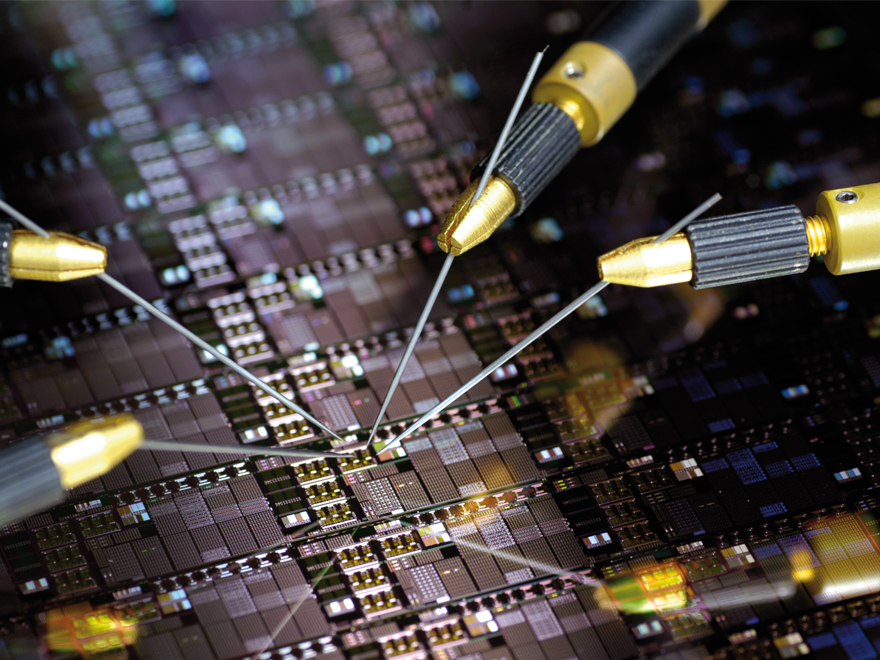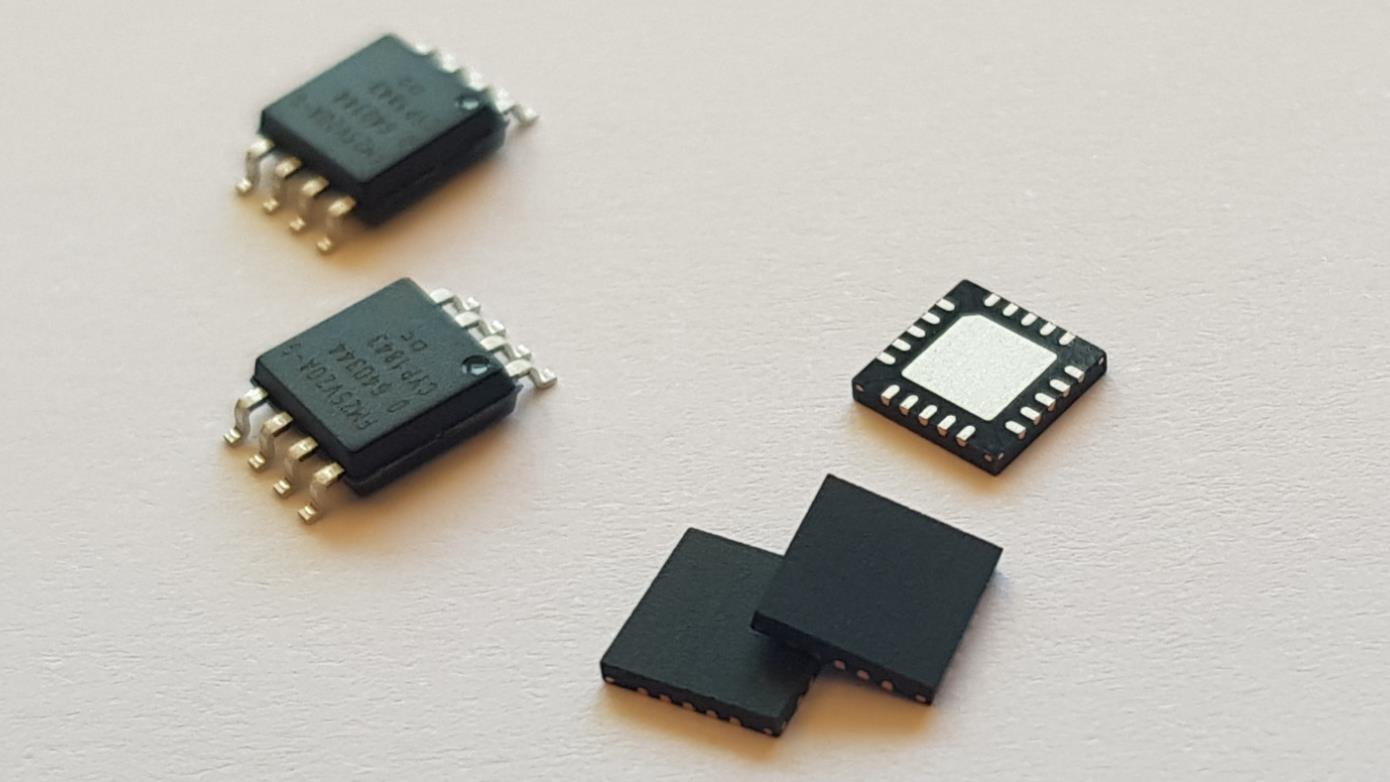Every RFID system has different requirements depending on the field of application. While transponders for labelling car bodies inside of a car factory need to possess a large memory, the RFID transponders in the trade and logistics sector need to be quickly readable. In warehouse and logistics centers RFID transponders are applied to label transport boxes on conveyor belts. The goal is to record the content of these transport boxes and automatically lead them to the next point in the logistics center with computer systems. These conveyor belts work at a comparably high speed to increase throughput – therefore the transponder system needs to be read out quickly and reliably when a transport box goes past the reader.
This is the point where the disadvantages of the typically used integrated EEPROM memory show up: The memory type is slow and energy-intensive in reading and writing. The external, ferroelectric memory (FRAM) is a suitable alternative. With this memory type the logical state inside of the memory cell is shown as non-volatile by change of the electric polarization. This process is radically different to the classical EEPROM: Here, by taking advantage of the physical effects, the electric charge is brought onto an isolated gate of the memory cell.
Through this fundamentally different operating principle the FRAMs have significantly lower writing and read seek time and need less power for reading and writing of data. Particular instructions regarding the supply voltage and the resulting memory loss can be a disadvantage, if these instructions are not met. Fraunhofer IMS has developed passive 13.56 MHz transponders, which fulfill the requirements towards power-up and power-down sequences of common FRAM providers.
These transponders can be connected to external components via SPI without memory losses through an inadmissible starting operation. Through the energy-efficient architecture in the ASIC and the economical FRAM memory large wireless ranges can be realized despite small electrical PCB antennas. Due to this combination the requirements towards reliability and speed in the trade and logistics sector can be fulfilled.

